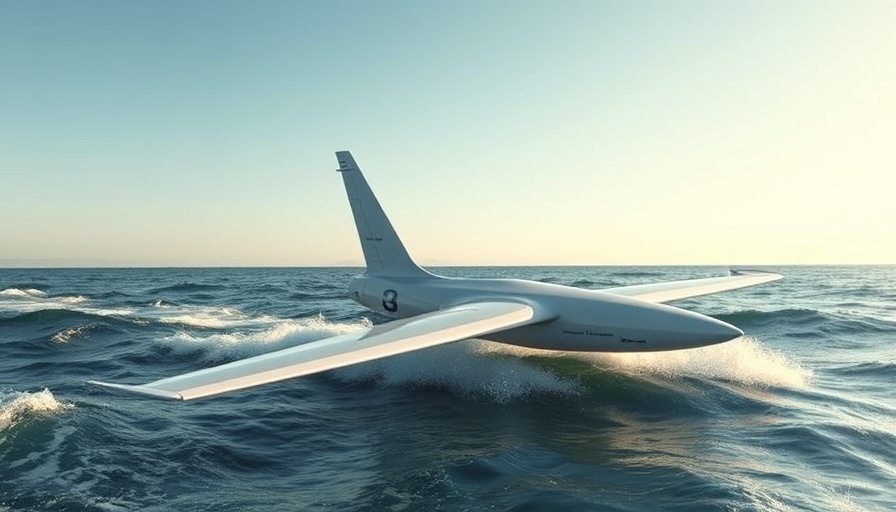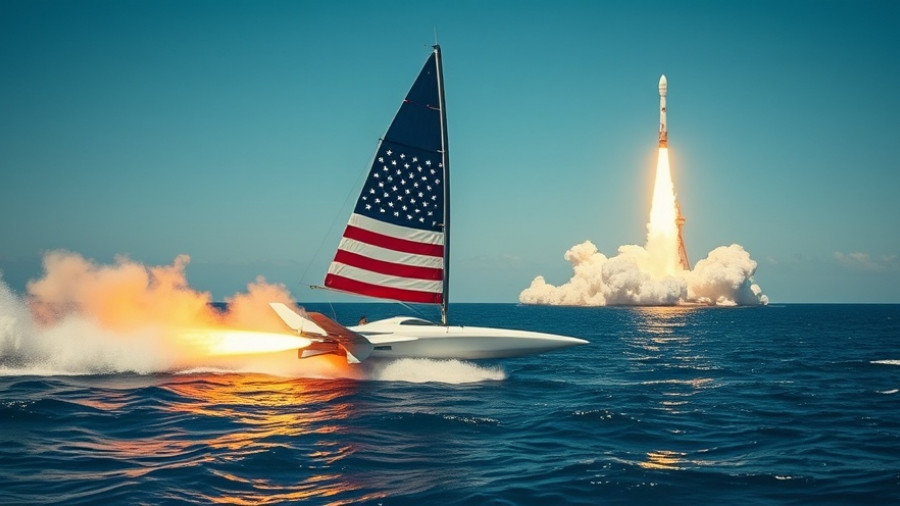
Pioneering the Future of Maritime Autonomy
The announcement that the Saildrone Surveyor has received full class certification from the American Bureau of Shipping (ABS) is a monumental leap for maritime innovation. This 20-meter unmanned surface vehicle (USV) is designed for deep-water missions, showcasing capabilities that could transform a variety of operations in the open ocean. From anti-submarine warfare (ASW) to cable route surveys, the Saildrone Surveyor is set to redefine the scope of maritime operations.
Setting New Standards for Safety and Reliability
The full ABS classification badge, noted as ✠A1, DV Naval Craft, AUTONOMOUS, reflects not just a procedural achievement but a robust commitment to ensuring the safety and operational reliability of unmanned maritime vessels. As Richard Jenkins, the CEO of Saildrone, emphasizes, this certification is a clear signal to governments and the maritime industry that Saildrone's USVs are “mature, safe, tested, and ready for scale.”
This rigorous classification process validates the design, construction, and auto-control systems of vessels like the Surveyor. ABS sets the benchmark for global standards, marking Saildrone's innovation not just as a company milestone, but also as a vital industry development.
The Importance of Autonomous Operations
With the ability to conduct extended missions without human involvement, the Saildrone Surveyor is poised to take on tasks that could be hazardous for human crews. The assurance of cybersecure communications, structural integrity, and fail-safe systems means that these unmanned vehicles can operate efficiently even under unpredictable environmental conditions. Saildrone's other model, the Voyager, complements the Surveyor's strengths by focusing on coastal and near-shore operations, providing a comprehensive operational capability from the open deep seas to the shallower waters.
Impacts on Maritime Industry Practices
As the first USV to earn full class from any maritime authority, Saildrone sets a benchmark that other companies will likely aim to meet, triggering potential shifts in maritime operational policies. This advancement reflects a growing trend toward autonomous systems across various sectors, promising increased efficiency, safety, and operational capacity. While governments and maritime entities adapt to these changes, the implications for environmental monitoring, security, and communication at sea could be profound.
Looking Ahead: The Future of Autonomous Vessels
As technology progresses, we can expect an influx of unmanned vehicles operating routinely across our oceans. The certification of Saildrone signifies the beginning of a new wave of maritime efficiency, where human oversight will increasingly be complemented or replaced by advanced AI and autonomous technologies. This evolution could usher in safer, more reliable maritime operations, reducing risks associated with human error and challenging conditions at sea.
The implications of this development stretch beyond just maritime applications; they weave into the larger narrative about technological innovation and its impact on our world. As Saildrone moves forward, communities all over will benefit from reduced costs and improved safety in maritime operations.
 Add Row
Add Row  Add
Add 




Write A Comment